Suppose a 10 -in. circular pizza costs \( \$ 4.00 \). To find the price, \( x \), of a 14 -in. circular pizza, is it correct to set up the proportion \( \frac{x}{4}=\frac{14}{10} \) ? Why or why not? Choose the correct answer below. A. Yes, it is correct. The ratio of the prices is equal to the ratio of the diameters. B. Yes, it is correct. The ratio of the prices is equal to the ratio of the areas. C. No, it is not correct. The ratio of the prices is equal to the ratio of the diameters, but the proportion should be \( \frac{x}{4}=\frac{10}{14} \). D. No, it is not correct. The ratio of the prices is equal to the ratio of the areas and not to the ratio of the diameters. E. No, it is not correct. The ratio of the prices is equal to the ratio of the radii and not to the ratio of the diameters.
Solución de inteligencia artificial de Upstudy
Responder
Solución
Respondido por UpStudy AI y revisado por un tutor profesional
 Explicar
Explicar  Simplifique esta solución
Simplifique esta solución Beyond the Answer
To solve this problem, we need to consider the area of the pizzas rather than just their diameters. The area of a circle is calculated using the formula \( A = \pi r^2 \), which means that the area increases with the square of the radius. The correct answer here is D: the price relates to the area, and we should be setting up the proportion based on the areas of the pizzas, not the diameters. When you calculate the areas, the 10-inch pizza has an area of approximately \( 78.54 \) square inches, while the 14-inch pizza has an area of approximately \( 153.94 \) square inches. This means the 14-inch pizza should cost more, reflecting its larger area in comparison to the smaller pizza. Next time you're grabbing a slice, keep in mind that the price is tied to the size, but the area is the true king!


